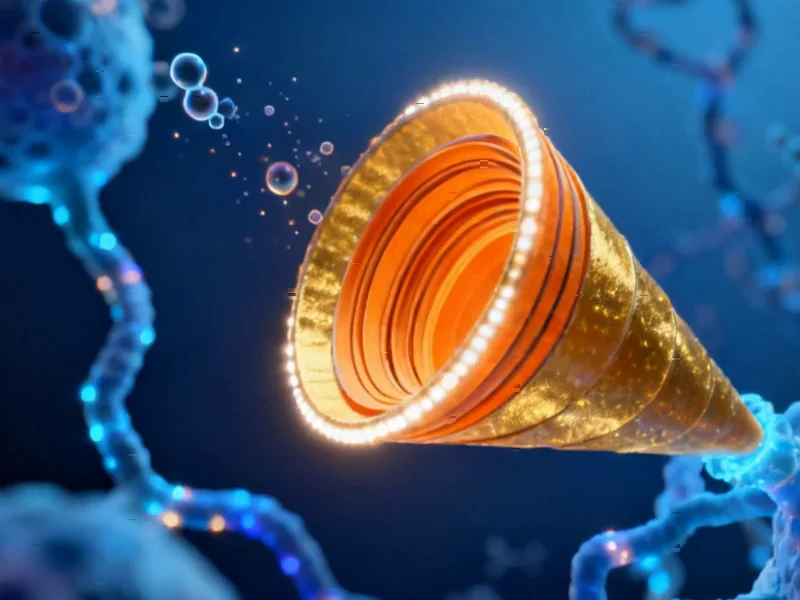A comprehensive multi-omics study has uncovered specific immune cell genes that contribute to Parkinson’s disease susceptibility. The research identifies multiple drug candidates with potential for repurposing, including existing medications that could target these genetic pathways.
Immune Cell Genetics Reveal Parkinson’s Disease Mechanisms
Researchers have identified 28 immune cell-specific genes that significantly influence Parkinson’s disease risk through a sophisticated multi-omics approach, according to a recent study published in npj Parkinson’s Disease. The investigation, which combined genetic analysis with drug database screening, reportedly reveals novel mechanisms by which peripheral immune cells contribute to PD pathogenesis and identifies several promising drug repurposing candidates.









